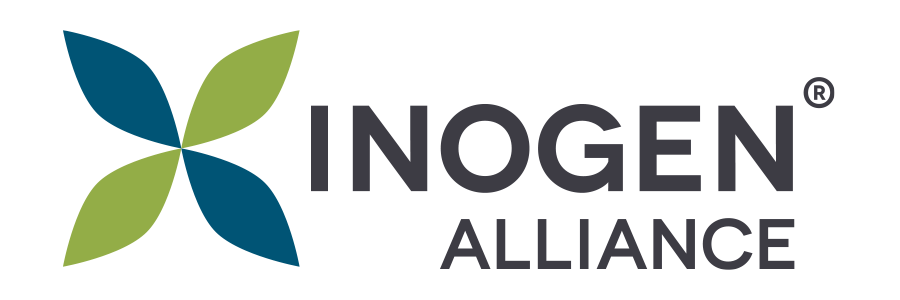How To Use ESG Risk Analysis To Identify Investment Opportunities

Over the past two decades, the world of global corporate finance has undergone a significant culture change.
Where once the value of an organization was seen as a matter of how well its shareholders performed, there is now a greater emphasis on using environmental, social, and governance (ESG) measures to determine valuation. In fact, the practice of assigning an ESG rating is now standard in many major global markets.
This change has come as investors and business leaders respond to increasing pressure from governments and the public to operate with greater transparency around these three key pillars.
Still, for many it may be unclear how an ESG rating – which is based on non-financial performance metrics – is used to identify sound investment opportunities.
Let’s examine what gap and risk analysis looks like in the age of ESG.
How ESG Is Used to Identify Risk
Rating an investment on historic and projected financial performance is a rather straightforward way to identify investment opportunities. However, finances are only one part of a bigger picture.
The way businesses handle everything from speaking out about internal and external social issues to their environmental track record and sustainability efforts play a part in identifying potential investment risks.
ESG risk analysis is the first step an organization undergoes to establish their ESG profile. This analysis looks at each pillar and identifies areas of concern.
Environmental
The risk of ignoring corporate environmental impact is already being felt worldwide.
Climate change is driving regulations at all levels of industry and government. Even in regions without legal mandates in place, businesses have discovered the benefit of taking real steps toward reducing carbon emissions.
This proactive approach to sustainability demonstrates a degree of forward-thinking that increases the likelihood that an organization will not be hit at a future date with fines, or have to mitigate an environmental disaster that was allowed to fester for far too long.
Social
Our global connectedness via digital platforms has created an environment where increased transparency around social issues has flourished. Frontline moments from the war in Ukraine play out on social media alongside civil and social protests around the world.
The measure of an organization’s social responsiveness and social responsibility matter to this generation of consumers and business professionals.
When companies make a concerted effort to enact socially beneficial programs within their organization, they let investors know that they are committed to the health and longevity of their workforce.
Governance
While governance is often the least talked-about component of ESG reporting, it is, perhaps, the most impactful.
S&P Global research has found that poor governance ratings directly correlate with poor investment performance. When corporate governance falters, it can lead to massive financial losses, and even the collapse of entire enterprises.
These collapses have wide-reaching consequences. Much of the 2008 Great Recession can be pinned on bad governance practices. The resulting housing crises and tight job market left hundreds of thousands of people in dire financial straits, and the markets took nearly two years to recover from the loss.
The downstream impact of ESG reporting
As large organizations spearhead the ESG reporting movement, their desire to achieve top investment rankings has had a downstream impact on smaller, niche businesses.
Supply chain is a key factor in determining an organization’s environmental impact. By driving large organizations toward manufacturers, suppliers, and transportation companies that themselves have solid ESG ratings, there is more incentive for businesses across industries to conduct their own ESG gap analysis.
The Correlation Between ESG and Profitability
While it’s clear that there is risk associated with underperforming in each of the three ESG pillars, the correlation between good performance and profitability isn’t initially as clear.
But the two are, in fact, connected.
An aggregated study of the findings from over 1,000 reports authored between 2015 and 2020 found that corporate ESG initiatives were strong drivers of improved financial performance.
There were six key takeaways from this meta analysis:
- The positive impact of ESG measures on financial performance are more noticeable over longer periods of time.
- As an investment strategy, ESG performs better than negative screening approaches.
- Investing in ESG limits losses during times of economic or social crisis.
- Sustainability initiatives spur innovation and improve risk management strategies, both of which contribute to better profitability.
- Low-carbon initiatives improve financial performance.
- Simple ESG disclosure does not impact financial performance unless coupled with an improvement strategy.
Conduct Your Own ESG Risk Analysis
The volume and scope of an ESG analysis can appear daunting at first, but when conducted in partnership with an experienced firm, it is a process that pays dividends.
There are templates and tools available to guide you through a risk assessment, and experts who have worked with a variety of industries who can help you identify top concerns and set practical goals.
Ultimately, the process of earning an ESG rating will set your organization on the path to a more resilient and profitable future, and make your offering more appealing to investors.
Check out this webinar on Transactional ESG - Protecting Your Investment from our Associate Delta-Simons in the UK, register for the webinar happening on January 18 in this link.
Contact Inogen Alliance about an ESG Gap Analysis & Risk Assessment to uncover your best opportunities.
Inogen Alliance is a global network made up of dozens of independent local businesses and over 5,000 consultants around the world who can help make your project a success. Our Associates collaborate closely to serve multinational corporations, government agencies, and nonprofit organizations, and we share knowledge and industry experience to provide the highest quality service to our clients. If you want to learn more about how you can work with Inogen Alliance, you can explore our Associates or Contact Us. Watch for more News & Blog updates here and follow us on LinkedIn.

